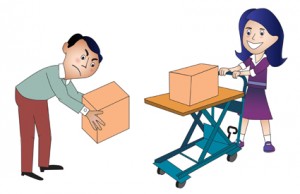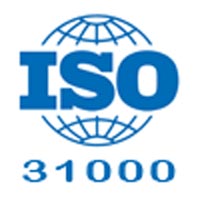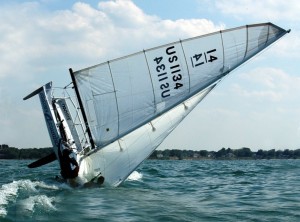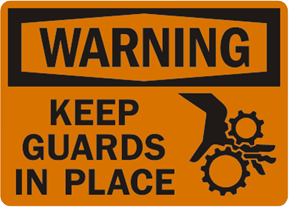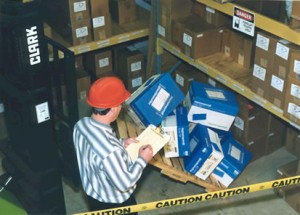 For centuries, the Japanese have promoted a philosophy of continuous improvement to all aspects of life, known as “kaizen.” In recent decades, American business leaders have started to recognize the impact kaizen has had on Japanese business competitiveness, and countless managers have adopted aspects of these techniques to improve their business processes. Now these principles can be used in workplace accident investigation asking five questions to get to the root cause instead of the traditional one question.
For centuries, the Japanese have promoted a philosophy of continuous improvement to all aspects of life, known as “kaizen.” In recent decades, American business leaders have started to recognize the impact kaizen has had on Japanese business competitiveness, and countless managers have adopted aspects of these techniques to improve their business processes. Now these principles can be used in workplace accident investigation asking five questions to get to the root cause instead of the traditional one question.
Here’s an example of how this works:
An individual was using a tape machine that automatically tapes around corners of boxes and the mechanism was
stuck in the up position. The worker pushed it down and the blade that cuts the tape came up and just barely cut the end of the worker’s finger.
The individual’s supervisor wrote up the incident report and said the root cause was the employee failed to follow lockout-tagout procedures. A lot of people would stop there because the individual agreed that he failed to follow the lockout-tagout procedure.
However, as a lean thinker, you might think that’s the root cause, but why did the worker push down that mechanism? Because it hung up. Well, why did the machine get stuck? Because either the air pressure wasn’t set right or it malfunctioned. Well, why was the air pressure not set right? Because we’re not sure what it was supposed to be set at. Some think it’s supposed to be 50 psi and others say 100 psi.
So the root cause is really that the machine hung up and people didn’t understand how to set it correctly. Because of that, we were able to assign the individual to work with maintenance to look into the manual to determine what the setting was supposed to be. Then they tested equipment to make sure that it worked correctly when it was set at the correct setting. That individual was asked to talk to their team and others in the plant that had the same equipment to ensure they understood the correct setting.
Those opportunities to improve safety would have been missed if you stopped at “The individual didn’t follow the lockout-tagout procedure.” By asking why five times — which is a lean tool — you’ll get to the real root cause so that you can improve the process rather than just focus on the person. The process is generally the problem, not the person. I fully understand that they didn’t follow lockout-tagout procedure, and I accept that, but when using lean, you have to go beyond that to get to the things you can improve.
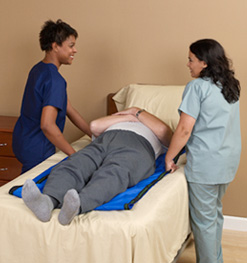 Rates of musculoskeletal injuries from overexertion in healthcare occupations are among the highest of all U.S. industries. Data from the Bureau of Labor Statistics (BLS) show that in 2011, the rate of overexertion injuries averaged across all industries was 38 per 10,000 full time workers.By comparison, the overexertion injury rate for hospital workers was twice the average (76 per 10,000), the rate for nursing home workers was over three times the average (132 per 10,000), and the rate for ambulance workers was over six times the average (238 per 10,000). The single greatest risk factor for overexertion injuries in healthcare workers is the manual lifting, moving and repositioning of patients, residents or clients, i.e., manual patient handling.
Rates of musculoskeletal injuries from overexertion in healthcare occupations are among the highest of all U.S. industries. Data from the Bureau of Labor Statistics (BLS) show that in 2011, the rate of overexertion injuries averaged across all industries was 38 per 10,000 full time workers.By comparison, the overexertion injury rate for hospital workers was twice the average (76 per 10,000), the rate for nursing home workers was over three times the average (132 per 10,000), and the rate for ambulance workers was over six times the average (238 per 10,000). The single greatest risk factor for overexertion injuries in healthcare workers is the manual lifting, moving and repositioning of patients, residents or clients, i.e., manual patient handling.
